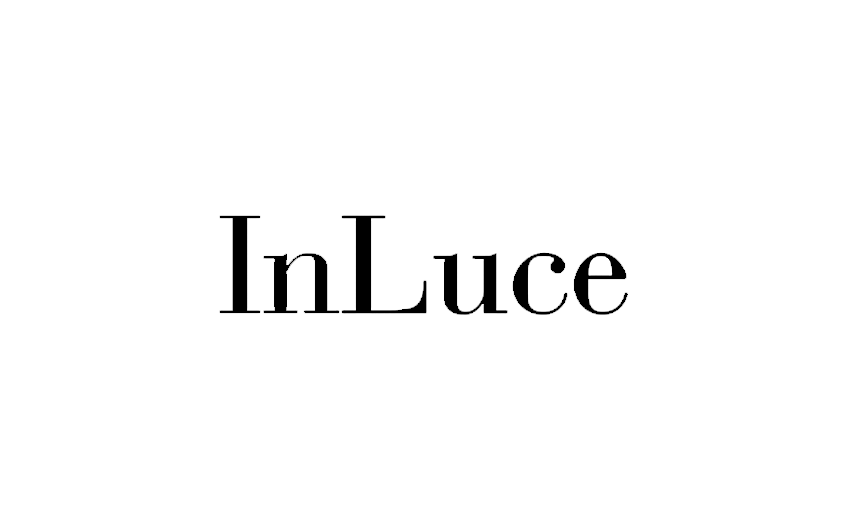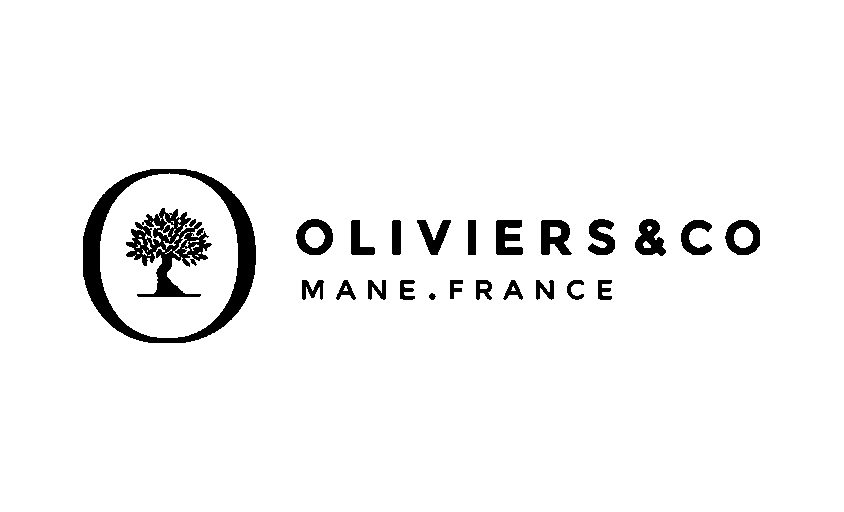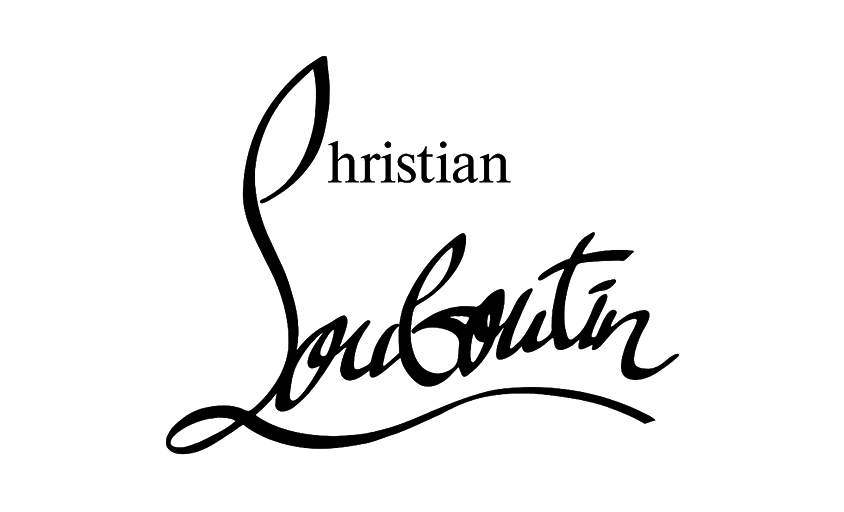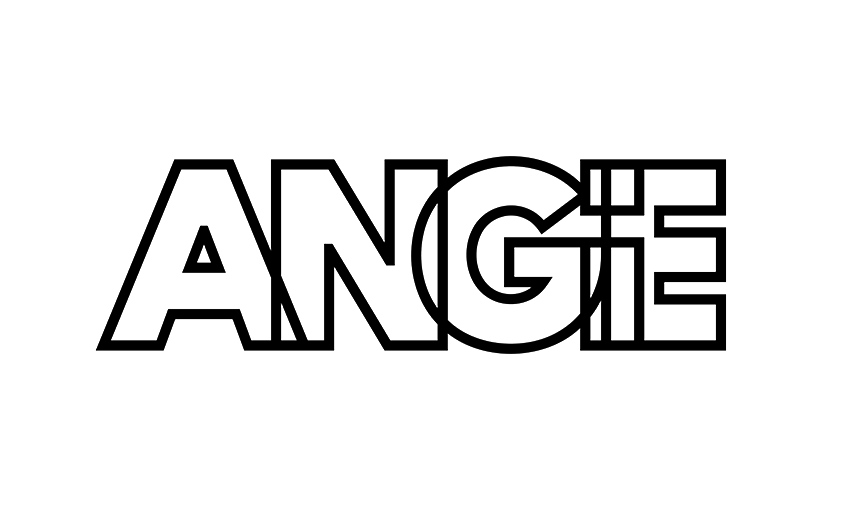The Profession of Photographer
In this article :
In the collective imagination, the photographer is the one who “presses a button” to capture the moment. But the reality of the profession is much more complex, nuanced, and rich. Being a photographer today is not just about taking photography, it’s about telling stories without words, taming light, composing with shadow, mastering technique, managing human relationships… all while staying true to a unique sensitivity.
So, what does it mean to be a photographer in 2025? What do we really do? What skills do we need to develop? And how do we turn a passion into a profession?
A profession with a thousand faces
There is not just one type of photographer’s job, but a whole constellation of practices. A wedding photographer does not work the same way as one specialized in architecture or advertising. Someone working in a studio doesn’t have the same days as someone who goes out in the field to cover an industrial report. Some are craftsmen, others artists, technicians, image creators, or storytellers for brands.
Thus, some specialize in very diverse fields, ranging from agricultural photos that tell the story of farms and the beauty of rural life, to lawyer photography aimed at showcasing lawyer professionals in their work environment, to dental office photography, which requires a precise approach to highlight the cleanliness, professionalism, and comfort of medical spaces.
But they all share a common obsession: to shed light on a subject. And that is never an automatic gesture.
Look before you shoot

Photography is not simply about pressing a button. First, it’s about looking. For a long time, sometimes. Observing a scene, waiting for the light to shift from one wall to another, capturing a gesture, a detail, an invisible tension that will give meaning to the image. A good photographer does not rush. He learns to be quiet, to slow down, to anticipate.
This way of seeing, which one refines over the years, doesn’t come from an automatic mode or a technical sheet. It comes from culture, emotions, and experience. It comes from hours spent flipping through photo books, absorbing the great masters (Cartier-Bresson, Eggleston, Koudelka…), sometimes getting bored in a museum before suddenly being struck by a detail, a composition, a light.
It’s this gaze that makes the difference between a well-exposed photo and a photo that tells something. Between a documentary shot and an image that’s alive. It’s not just about showing, but about revealing. Composing with what is there, while keeping a clear intention: what do I want to say? Why here? Why now? What do I choose to show, and above all, what do I leave out of the frame?
That’s the art of photography: knowing what to exclude to make what’s in the frame stand out. Sometimes, the photographer goes home without having clicked the shutter. Because nothing aligned. Because it was too early. Or because he knew how to listen to that necessary silence before capturing the right image.
Technique in the service of vision
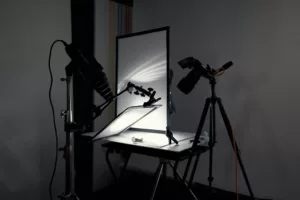
Mastering one’s camera, understanding light, knowing how to frame, managing depth of field, post-processing an image… the photographer is also a skilled technician. But be careful, technique never replaces intention. It supports a point of view.
Today, tools have evolved. Digital technology, editing software, hybrid cameras, drones, or augmented reality: all of these offer exciting opportunities. But it’s always the photographer’s eye that makes the difference.
A posture, a relationship
In many specialties (portrait, corporate, fashion, events…), human connection is at the heart of the profession. One must make others feel at ease, build trust, and create a reassuring environment. Being a photographer often means being invisible and present at the same time.
And when working for companies, it’s also essential to understand their goals, their message, and their positioning. Translating marketing challenges into impactful images. This is the art of the professional photographer: making technique, aesthetics, and message work together.
Freelance, employee, author
The profession of photography takes on many forms, each with its own specificities. Some specialize in areas such as sports, corporate photography, or product photography, while others choose to work freelance, taking on projects for agencies, brands, or direct clients. Some are salaried employees in companies, institutions, or studios, while others, known as photographer-authors, share their images through exhibitions, galleries, or stock image banks. Photography can be practiced in many ways, whether in shooting, retouching, post-production, teaching, publishing, or even creating hybrid content that combines photography and video. A photographer can alternate between corporate portraits during the week and selling art prints on the weekend.
This diversity is a strength, but it requires great versatility. The profession is evolving rapidly: new tools, new trends, new uses. Constant learning, self-reflection, and sometimes accepting periods of uncertainty are part of the job. For many, it is precisely this constant movement that makes the profession rich and interesting.
A passion-driven profession, but a profession nonetheless
Yes, photography often begins as a passion. But turning that passion into a profession requires rigor, professionalism, and perseverance. One must know how to manage time, equipment, quotes, copyright, client relations, online presence, archiving, backups… In short, being an entrepreneur is also part of the job.
And this is perhaps where the profession becomes fascinating: it demands as much sensitivity as structure, as much intuition as discipline.
Conclusion
Being a photographer is not just about taking “pretty pictures.” It’s about thinking in images, learning to see differently, and composing with reality to tell a better story. It’s sometimes capturing the invisible, sometimes creating an entire universe from scratch. It’s a demanding, evolving, and fascinating profession. A profession that calls upon the human, the technical, the aesthetic, and the ability to listen. A profession that is profoundly alive.
And if you’re looking for a professional eye to tell the story of your business, your spaces, or your products, at Rétines, that’s exactly the craft we nurture every day.
Jérémy Carlo is the editorial director at Rétines, where he ensures the consistency and clarity of all content produced by the studio.
Our Clients
Let’s discuss
What we do for you at Rétines
Meticulous work, an organised project and fast delivery. And to achieve this, we mobilise the right resources in our teams at the right time.
01
Pre-production
Artistic and technical direction tailored to the project.
Relevant recommendations on content, form and resources.
02
Photo Shooting
Photos taken by our experienced photographers.
Production that’s controlled, efficient and tailored to the needs of the project, with nothing superfluous.
03
Retouching
Technique
Photographs magnified by our retouching team.
Post-production to meet the commercial challenges of the brief.





